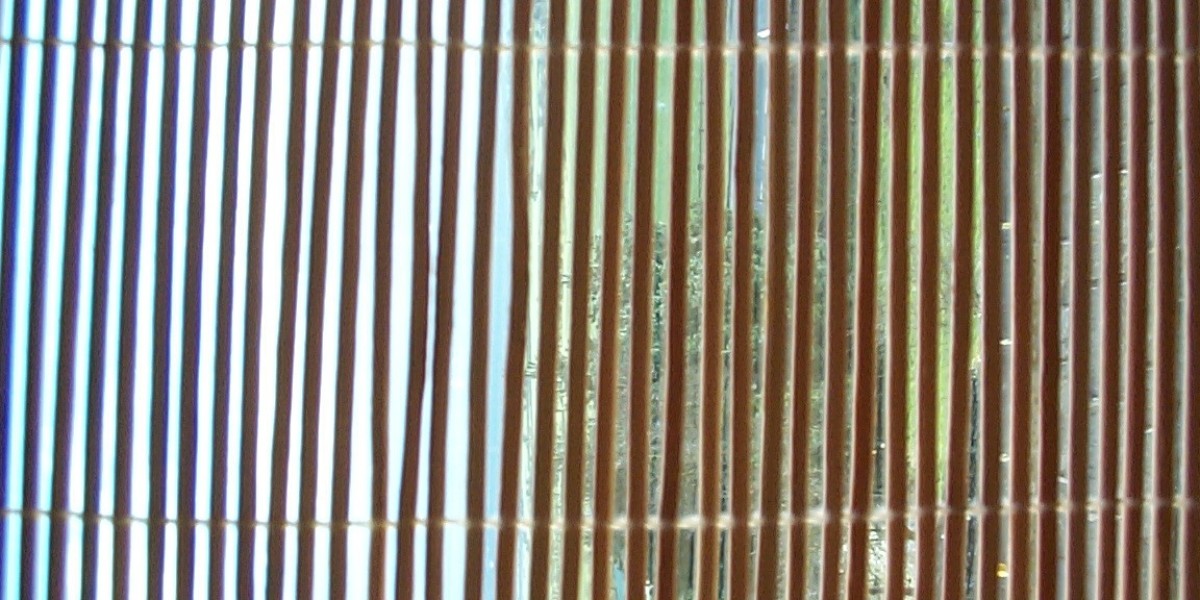Introduction
Ireland has rapidly grown into one of the most popular study destinations for international students, including those from India. In recent years, Indian enrolments have increased significantly, reflecting the country’s strong education system, global recognition, career opportunities, and comparatively affordable living standards.
While most students are familiar with the major Autumn (September) intake, fewer know about the Spring Intake in Ireland, which usually begins in January or February. This intake is highly beneficial for students who need additional preparation time, missed earlier deadlines, or do not want to wait until the next academic year. With fewer applicants, competition for seats can also be slightly lower.
If you are planning to study in Ireland in 2026, the Spring intake is an excellent opportunity to begin your academic journey sooner.
What is the Spring Intake in Ireland?
The Spring intake refers to the admission cycle that typically begins in January or February each year. While Autumn (Fall) is the main intake with the largest number of programs, the Spring session offers a second entry point for international students.
Characteristics of Spring Intake
Fewer courses compared to the September session
Limited seats in some programs
Competitive yet often less crowded than Fall
Available in many popular disciplines such as:
Business
Engineering
Computer Science & IT
Data Science
Biotechnology
Healthcare
Humanities
Spring Intake is suitable for students who:
Missed the Fall admission deadlines
Prefer starting their studies earlier rather than waiting a full year
Prefer applying in a cycle with fewer applicants
Application Deadlines for Spring Intake 2026
Applications for Spring 2026 generally open several months before the start of the term. Exact deadlines vary by university, but most institutions accept applications between June and November 2025.
Suggested Timeline
Period | Key Steps |
June – August 2025 | Research universities, finalize course list, begin collecting documents, take language proficiency tests |
September – November 2025 | Submit applications and receive conditional/unconditional offers |
October – November 2025 | Pay tuition deposits and complete admission formalities |
November – December 2025 | Apply for a student visa and prepare financial documents |
January – February 2026 | Arrive in Ireland and attend orientation before classes begin |
Note: Many universities operate on a rolling admission basis. Popular programs may close early once seats are filled, making early applications highly recommended.
How to Apply for Spring Intake in Ireland
Students applying for Ireland Spring Intake 2026 should follow these steps:
1. Research Universities and Programs
Check which institutions offer Spring intake and compare:
Course curriculum
Fees
Entry requirements
Internship and career prospects
Location
Shortlisting 3-5 universities is a realistic approach.
2. Check Eligibility and Prepare Documents
Students generally need:
Academic transcripts and certificates
English language test scores (IELTS, TOEFL, PTE, etc.)
Statement of Purpose (SOP)
Letters of Recommendation (LORs)
Updated CV/Resume
Passport copy
Some courses may also require:
Portfolio (Design/Arts programs)
Work experience (Business/Management programs)
3. Submit Online Application
Most universities accept digital applications. Upload required documents and pay the application fee. Ensure accuracy before submitting.
4. Receive Offer Letter
You may receive either:
Unconditional Offer: All requirements met
Conditional Offer: Additional tests or documents still required
5. Accept the Offer and Pay Tuition Deposit
After confirming your seat, the university issues a final admission letter, which will be needed for visa processing.
6. Apply for Student Visa
To apply for an Irish Study Visa, students usually require:
Admission letter
Financial evidence
Valid passport
Medical insurance
Academic documents
Visa processing typically takes 4-8 weeks.
7. Plan Travel and Accommodation
Students can apply for university housing or private accommodation. Upon arrival in Ireland, students must register with local immigration within 90 days to obtain the Irish Residence Permit (IRP).
Universities Offering Spring Intake
Some of the well-known institutions that usually offer Spring admissions include:
University | City | Estimated Annual Tuition (INR)* | Example Programs |
Trinity College Dublin | Dublin | ₹18–30 lakhs | Computer Science, Finance, Law |
University College Dublin | Dublin | ₹19–32 lakhs | Data Analytics, Marketing, Business |
University of Galway | Galway | ₹17–32 lakhs | Biotechnology, Management |
University College Cork | Cork | ₹16–30 lakhs | Information Systems, Food Security |
Technological University Dublin | Dublin | ₹16–30 lakhs | Computing, Business, Tourism |
Maynooth University | Maynooth | ₹16–30 lakhs | Data Science, Economics, Humanities |
Dublin City University | Dublin | ₹19–30 lakhs | Psychology, Digital Marketing |
National College of Ireland | Dublin | ₹18–30 lakhs | Cybersecurity, Cloud Computing |
Griffith College Dublin | Dublin | ₹16–28 lakhs | International Business, MBA |
Letterkenny Institute of Technology | Letterkenny | ₹15–28 lakhs | Engineering, Business |
*Fees are approximate and vary by course and university.
Why Consider the Spring Intake?
The Ireland Spring intake provides advantages such as:
Less crowded application competition
Faster processing times
Good course availability in technology, engineering, IT, and business
A shorter waiting period compared to waiting for the next Fall session
For applicants targeting Study in Ireland 2026, this intake offers an additional pathway for admission without delaying academic progress.
Conclusion
The Spring Intake in Ireland 2026 is an ideal option for students who want to start their studies sooner, miss the September deadlines, or prefer applying in an admission cycle with comparatively lower competition. With early planning, strong documentation, and timely visa applications, students can secure a seat in leading Irish universities and begin their academic journey in one of Europe’s fastest-growing education destinations.








